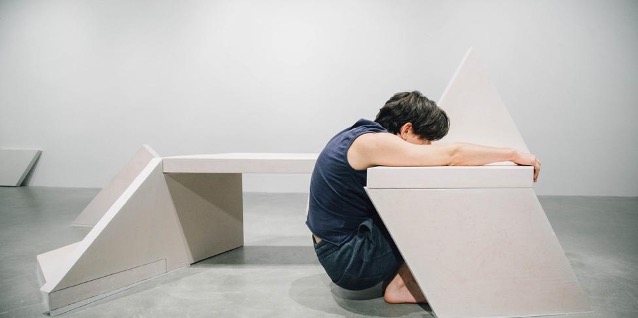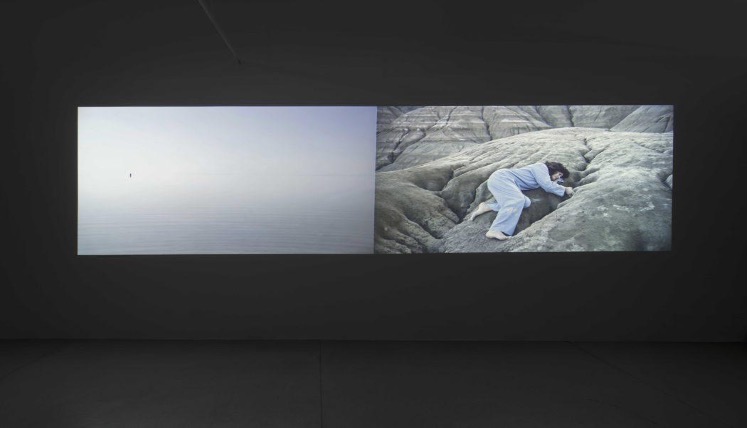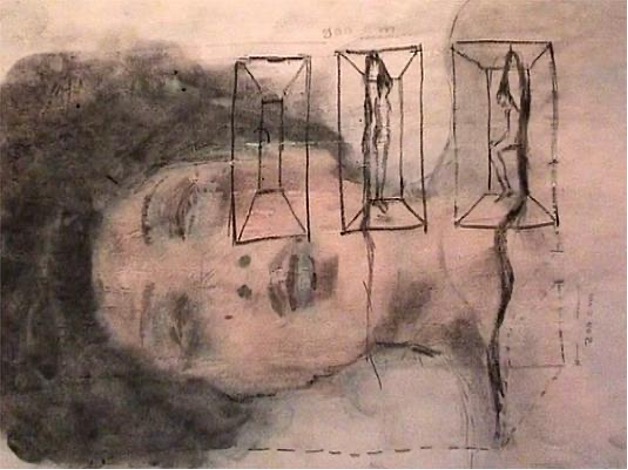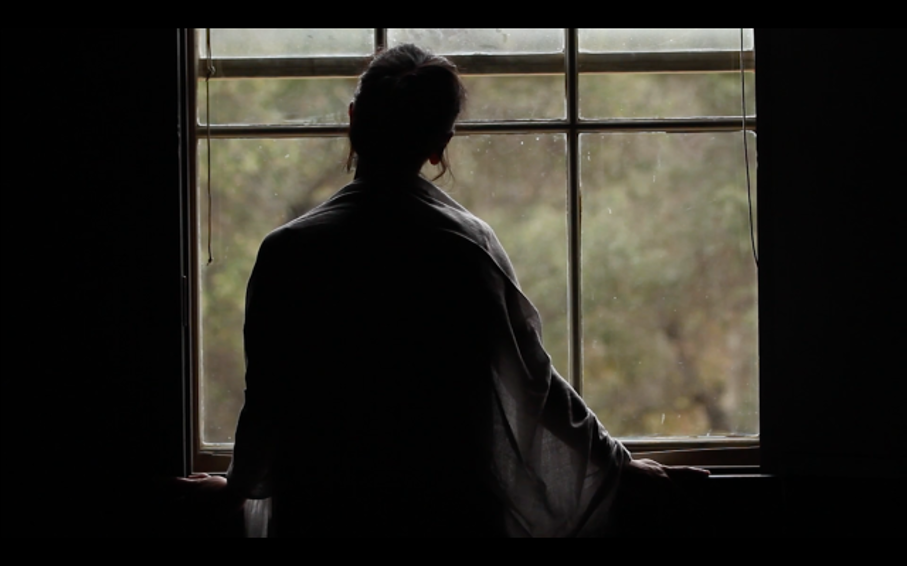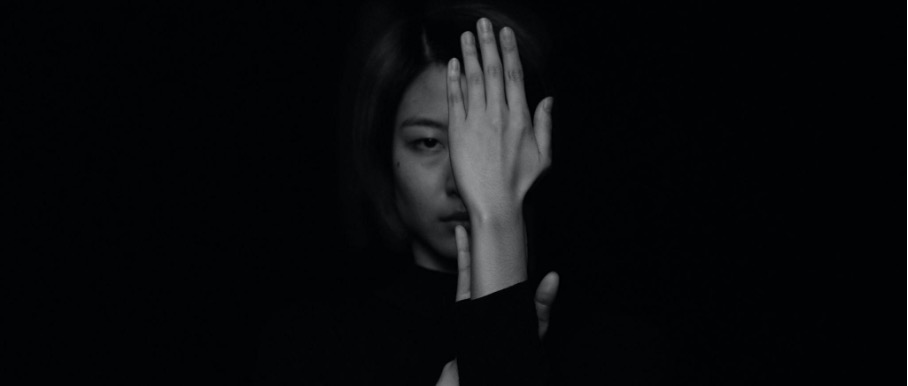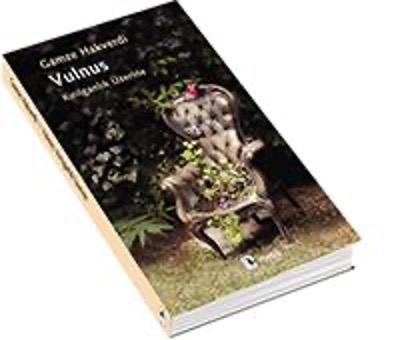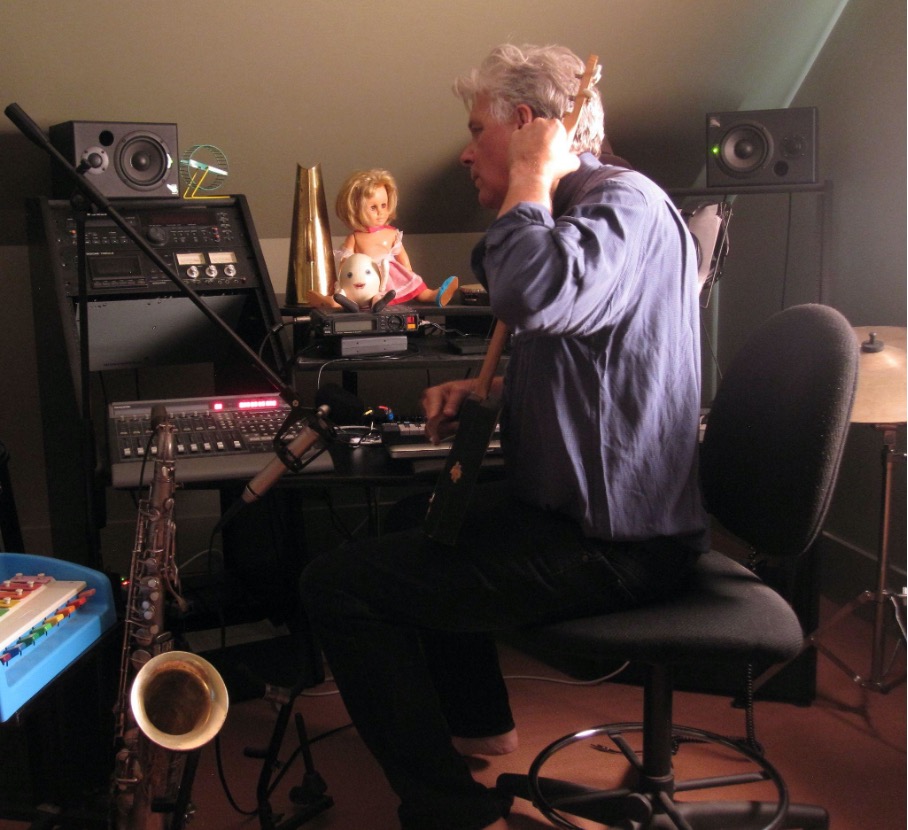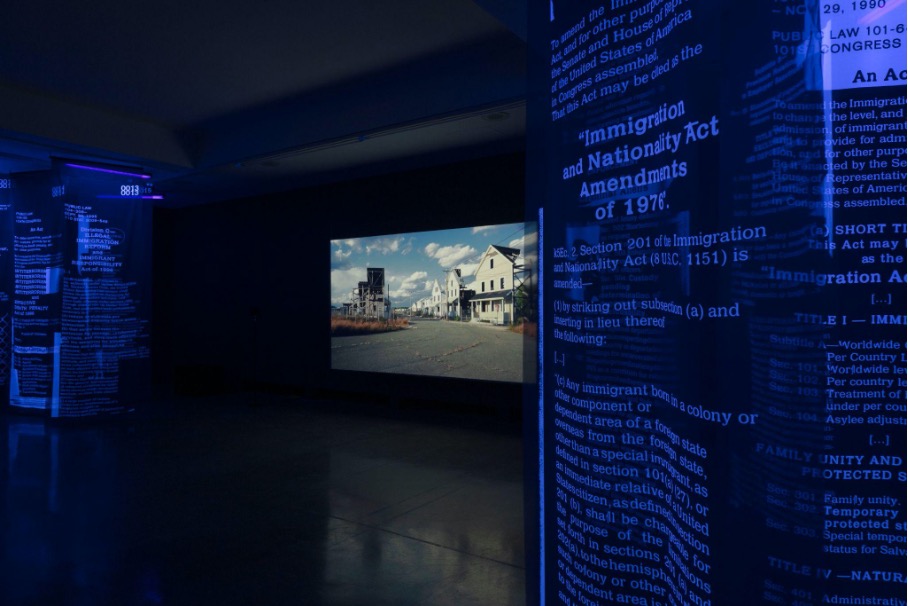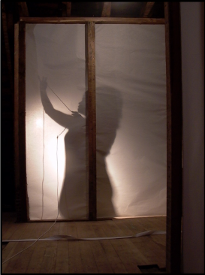The book, Also your wound, Rosa, published by Minerva Projects is designed by Ali Cindoruk, printed by Ofset Printing House, and edited by Pelin Uran. The book brings together writings on the concept of vulnerability by Ozgur Demirci, Alev Ersan, Gamze Hakverdi, Gordon Hall, Johanna Hedva, Adelita Husni-Bey, Amal Kenawy, Lata Mani and Nicholas Grandi, Jang Minseung, and Gregory Whitehead. The included artists maintain writing practices alongside their visual art practices. Some of the texts are newly commissioned and some are already existing. The writings range from searches for the voice of vulnerability, to feminist practices that foreground creating community based on care, vulnerability, interdependency, and responsibility to the other, to selected haikus and an undelivered letter written to a deceased artist, to a curator’s own explorations of poetic connotations within her woundscape.
The exhibition, Also your wound, Rosa, originates at Kurtuluş Greek Primary School and concentrates on the concept of vulnerability and its redefinition in feminist thinking considering how one responds to vulnerability depends on how one understands vulnerability. The exhibition accentuates some aspects of the feminist theorizing of vulnerability: firstly, the psychoanalytically informed understanding of vulnerability as an effect of psychic or social trauma; secondly, the phenomenological understanding of vulnerability as an ontological condition of the embodied subject; and finally, the critical theoretical notion of vulnerability as a particular politically produced condition.

